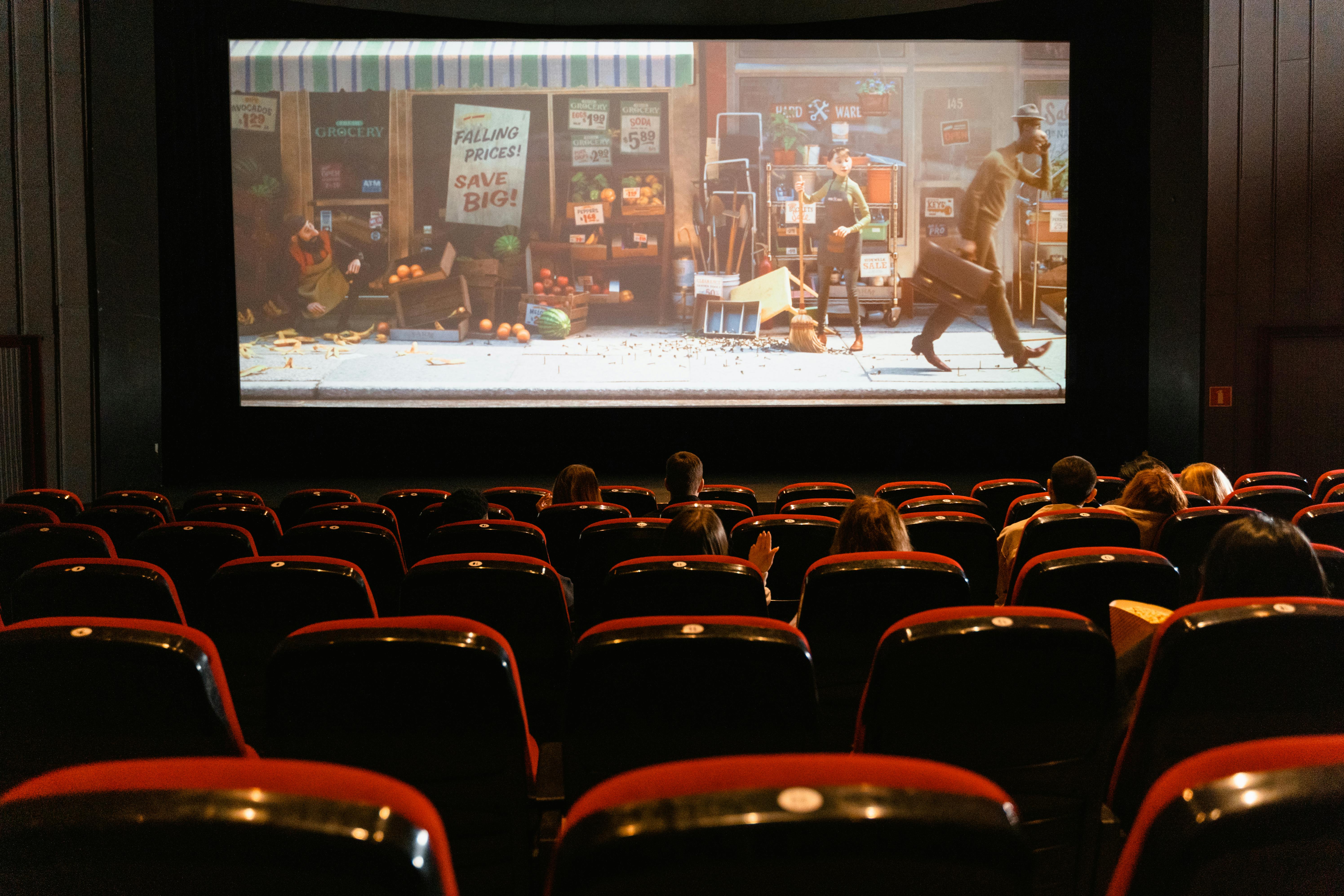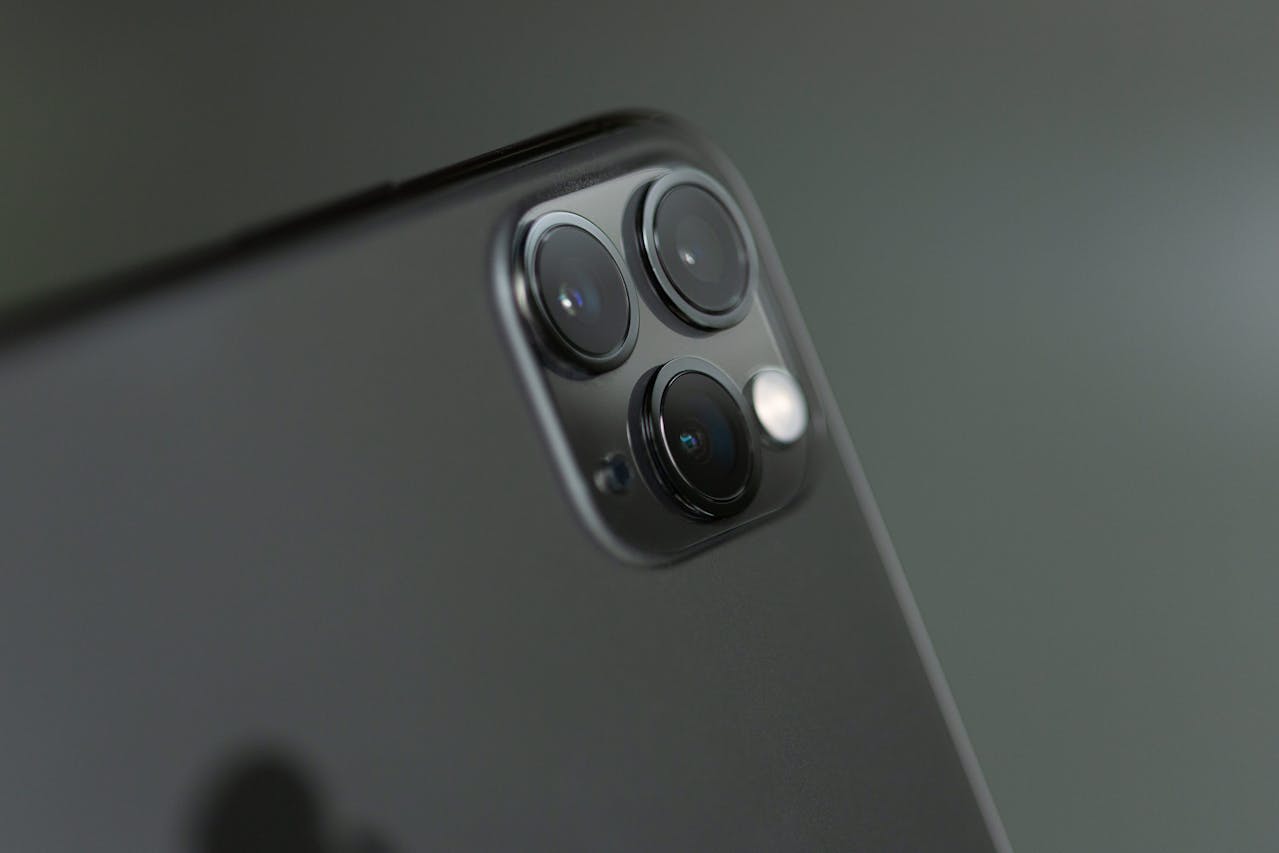Unmasking the Vibrancy of Technicolor in Modern Cinema
Introduction: Delve into an exploration of the resurgence of Technicolor in modern cinema. This article will take you on a journey from the birth of Technicolor to its unexpected revival in today's films. Discover why this century-old technique is making a comeback and influencing a new generation of filmmakers.

The Dawn of Technicolor
Technicolor, a process of color motion picture film, was born from the innovation of the early 20th century. It was first introduced in 1916 by Technicolor Corporation, an American company founded by Herbert Kalmus, Daniel Frost Comstock, and W. Burton Wescott. The process was groundbreaking at the time, offering a vibrant, vivacious palette that was unrivaled in the era of black-and-white films.
Despite its initial introduction, Technicolor did not gain significant traction until the 1930s and 1940s. The technique was expensive and required specialized cameras, making it a luxury that few filmmakers could afford.
Technicolor’s Golden Age
The 1930s and 1940s marked the golden age of Technicolor, with iconic films like “Gone with the Wind” and “The Wizard of Oz” showcasing the process’s potential. Its use became a status symbol, with Technicolor films often commanding higher ticket prices. Despite the high costs and technical challenges, the vivid, lifelike colors brought a new level of realism to films that audiences adored.
The Fadeout and Revival
However, by the 1950s, cheaper and more efficient color processes emerged, causing Technicolor’s popularity to wane. The advent of Eastmancolor, a less expensive color film process, ultimately led to the discontinuation of Technicolor in 1954.
Fast forward to the 21st century, and the vibrant colors of Technicolor are experiencing a revival. Modern filmmakers, such as Wes Anderson and Guillermo del Toro, have used the process as a stylistic choice in their films, harking back to the golden age of cinema while infusing their work with a unique aesthetic.
The Impact of Technicolor’s Revival
The modern resurgence of Technicolor has had a profound impact on the realm of film. It offers a nostalgic nod to the golden age of cinema, all while injecting a fresh twist to modern productions. This stylistic choice has been praised for its ability to conjure a specific mood or to evoke certain emotions, thus enhancing storytelling in a powerful way.
Technicolor in the Future
With its rich history and recent resurgence, the question remains: what does the future hold for Technicolor? As filmmakers continue to experiment with this process, it’s clear that Technicolor has found its place in the modern landscape of cinema. The technique’s ability to add depth, vibrancy, and a touch of nostalgia to films suggests that the Technicolor revival is more than just a passing trend—it’s a testament to the enduring power of color in storytelling.




